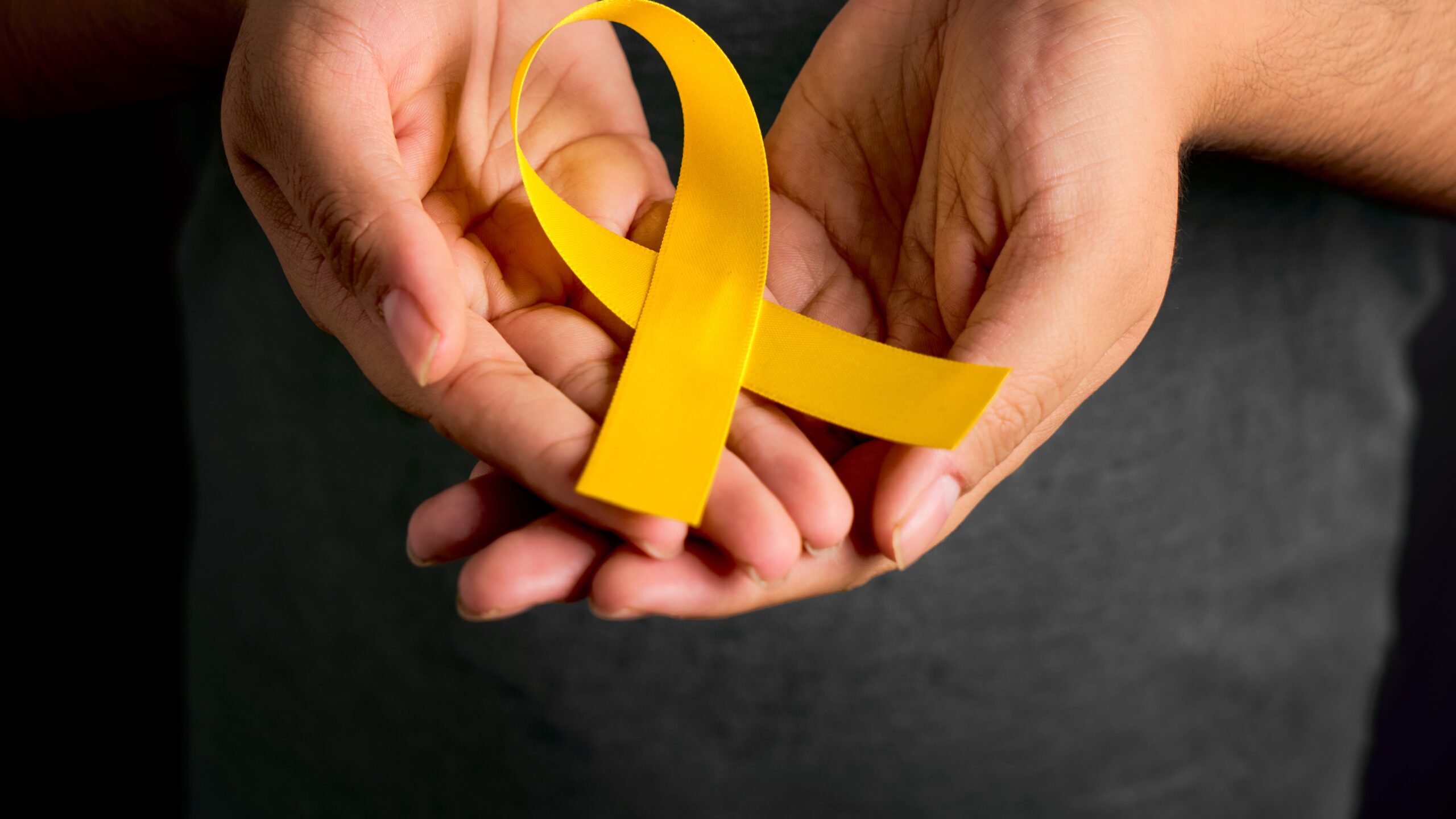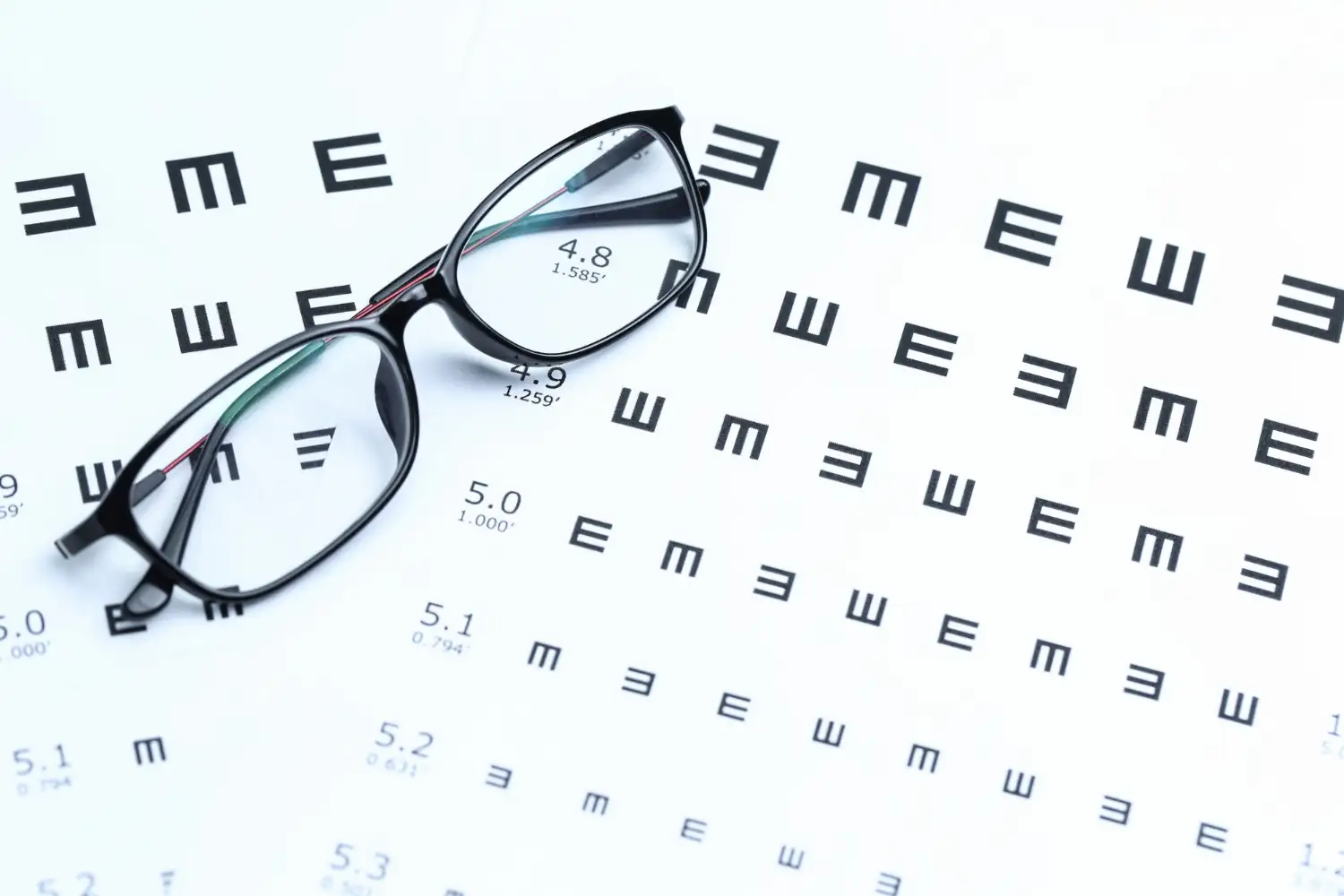Celebrating UV Safety Month with Sun-Smart Habits.
July is UV Safety Month — a gentle reminder that taking care of your skin in the sun is more than just avoiding a sunburn. Proper UV protection helps prevent premature aging, eye damage, and skin cancer. So don’t skip the sunscreen, the shades, or the wide-brimmed hat — your future self will thank you.
The Bright Side: Why We Need Sunlight
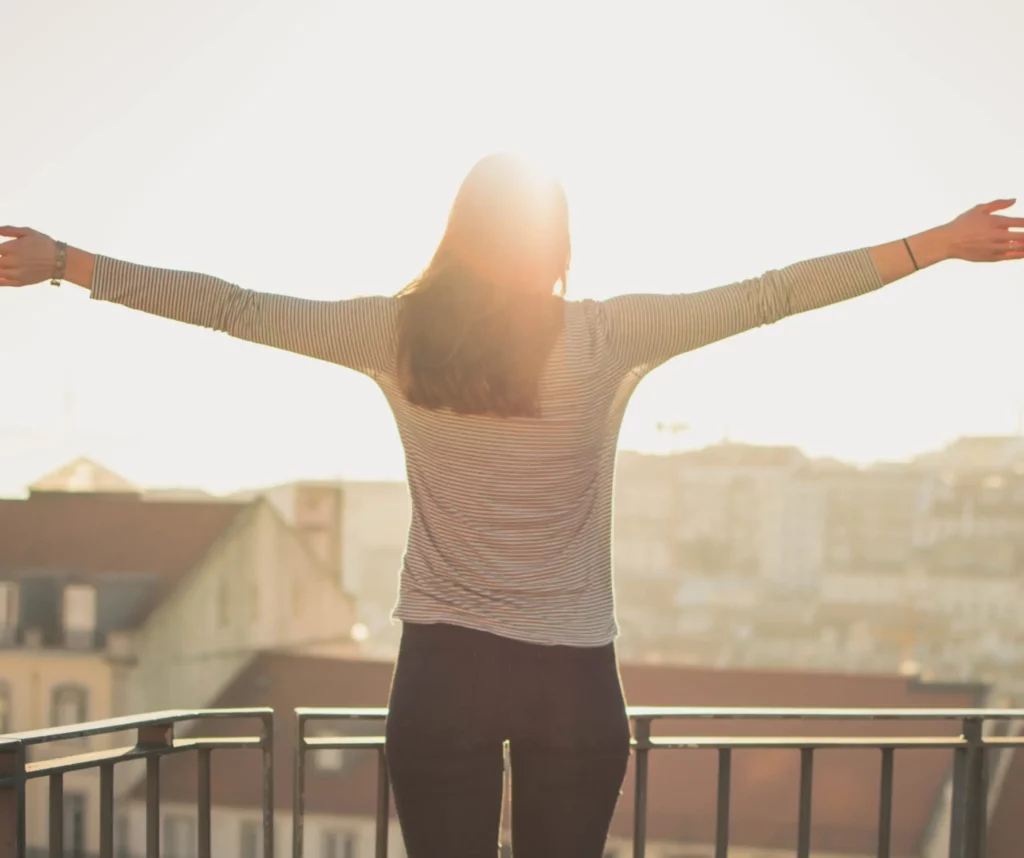
Before we dive into sun protection, let’s take a moment to appreciate what the sun does for us. A little sunshine can go a long way for our overall health:
- Vitamin D Boost
When sunlight hits your skin, it helps your body make Vitamin D — an essential nutrient for strong bones, heart health, immune support, and proper calcium absorption. - The “Sunshine” Mood Lift
Exposure to sunlight helps your brain produce more serotonin, the feel-good chemical that supports mood and emotional well-being. - Better Sleep Cycles
Sunlight helps regulate your body’s natural sleep-wake cycle (called your circadian rhythm), which means catching some rays during the day can help you fall asleep more easily at night. - A Natural Blood Pressure Drop
Believe it or not, the sun triggers the release of nitric oxide in the skin — a compound that can help lower blood pressure.
But Too Much Sun? That’s Where Trouble Begins.
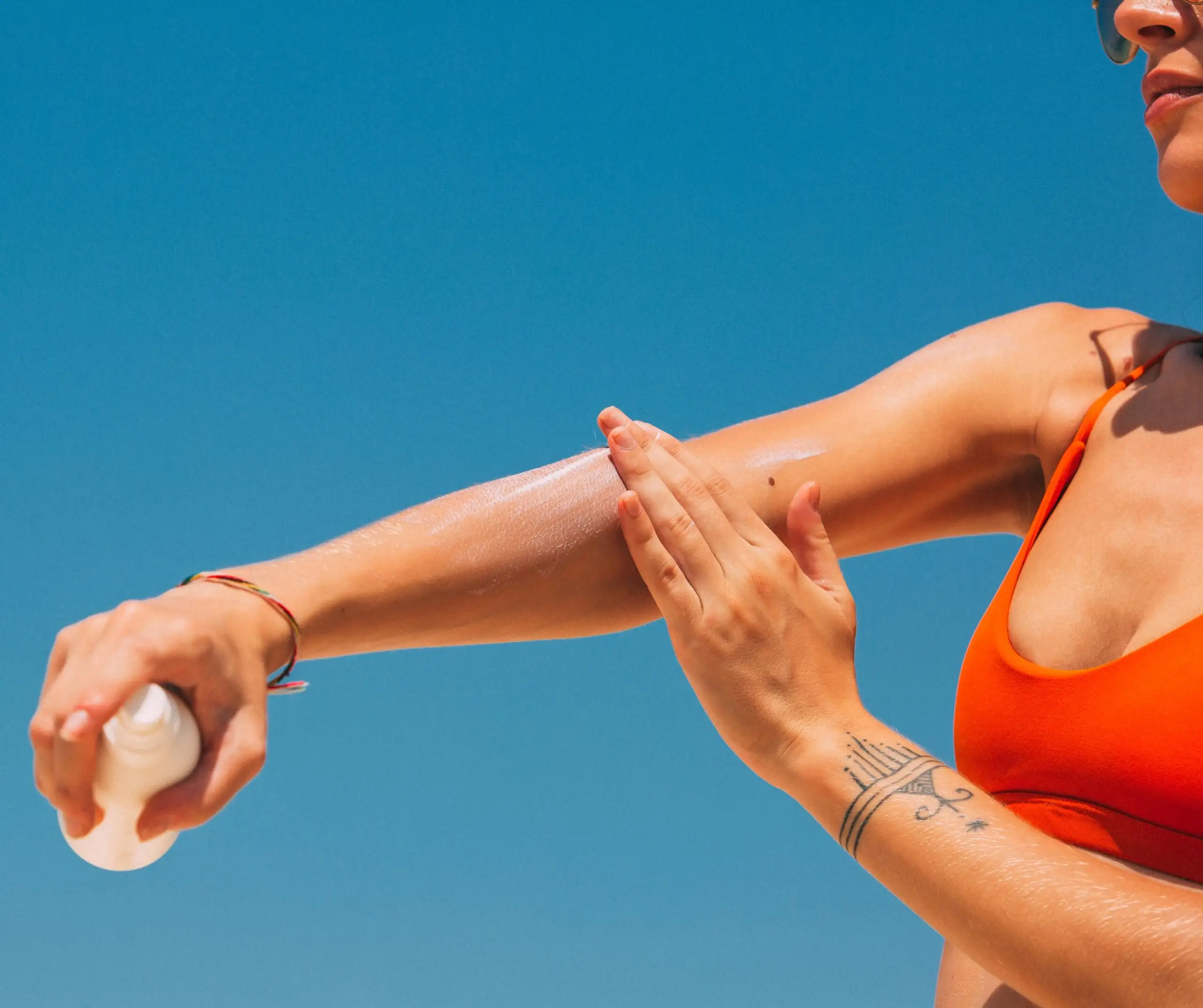
While the sun offers many health benefits, too much unprotected exposure can damage your skin and eyes over time.
Let’s break down the three types of UV rays that reach us from the sun:
- UVA: These rays penetrate deep into the skin and are responsible for premature aging, like wrinkles and fine lines. They’re also linked to long-term skin damage and can increase your risk of skin cancer. UVA rays are always around — rain or shine, even through windows.
- UVB: These rays primarily affect the skin’s surface layers and are the main cause of sunburn. UVB exposure is more intense during peak daylight hours and is strongly associated with most types of skin cancer, including melanoma.
- UVC: The most dangerous form of UV radiation — but fortunately, UVC rays are mostly absorbed by the Earth’s atmosphere and don’t reach the ground. However, certain artificial sources (like welding tools) can emit UVC, so safety precautions are still important in those environments.
What Can Happen With Prolonged Exposure?
Over time, too much sun without proper protection can lead to:
- Painful sunburns
UV rays can burn unprotected skin in as little as 15 minutes, causing redness, blistering, and lasting damage. - Premature aging
Sun exposure breaks down collagen, leading to early wrinkles, fine lines, and sagging skin. - Dark spots and skin discoloration
UV rays trigger uneven melanin production, causing stubborn pigmentation and sunspots. - Actinic keratosis and melanoma
Prolonged UV exposure can lead to precancerous patches and increase the risk of deadly skin cancers. - Eye damage and vision issues
UV rays can harm your eyes too, contributing to cataracts and long-term vision problems. - Higher risk of skin cancer
Skin cancer is the most common cancer in the U.S., and UV radiation is its number one cause.
A few hours of unprotected sunbathing or tanning indoors can cause lasting harm — remember, your skin is your body’s largest organ. Caring for it isn’t vanity — it’s a health priority.
Your Guide to Sunscreen
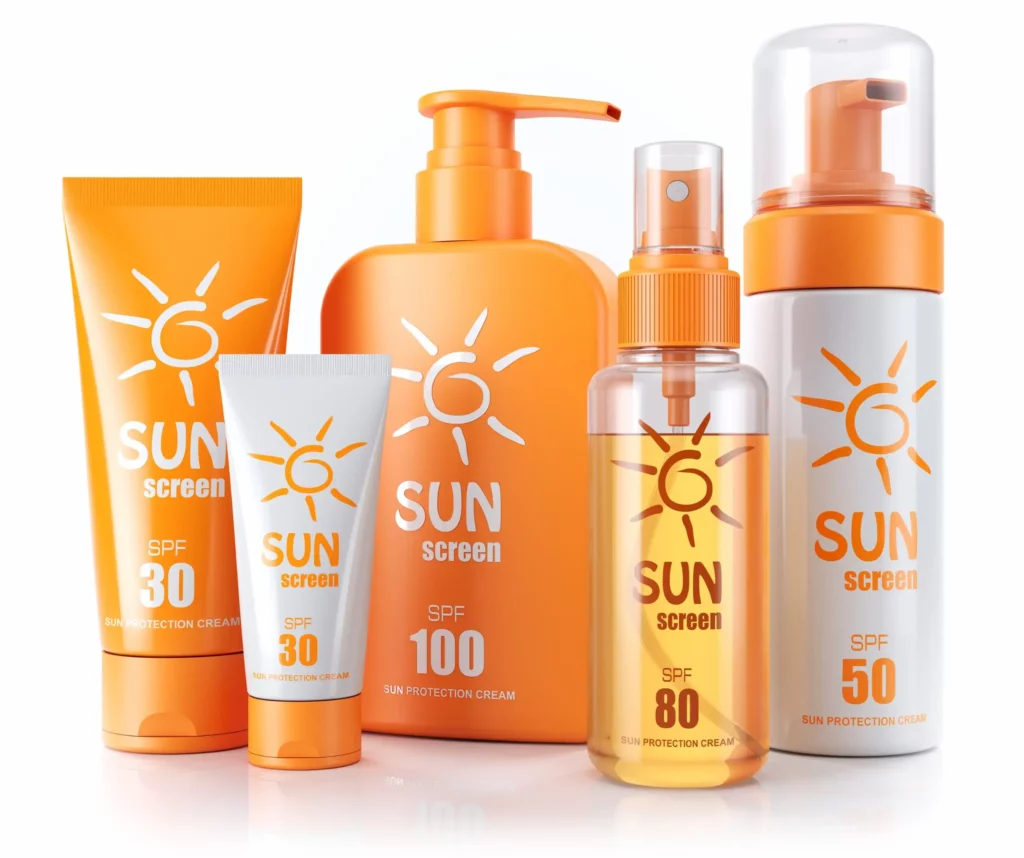
The world of sun care can be overwhelming, but here’s a quick and friendly breakdown:
Mineral vs. Chemical Sunscreens
- Mineral Sunscreens
Contain zinc oxide and/or titanium dioxide. These sit on top of the skin to reflect UV rays and may leave a white cast (especially on deeper skin tones). They’re often a good choice for sensitive or acne-prone skin. - Chemical Sunscreens
Use active ingredients like avobenzone, octinoxate, or oxybenzone. These absorb into the skin and then absorb UV rays. They’re usually more invisible on the skin, but can sometimes cause irritation, especially for sensitive skin types.
Choosing the Right SPF
SPF stands for Sun Protection Factor. For everyday use, look for at least SPF 30. If you’re spending more time outdoors — especially swimming, hiking, or traveling — SPF 50 or higher is recommended. Reapply every two hours, especially if sweating or in water.
Forms and Formulas
Sunscreens come in lotions, gels, sprays, sticks, and even powders. The best sunscreen is the one you’ll actually use — just make sure it’s broad-spectrum (protecting against both UVA and UVB rays), water-resistant if needed, and right for your skin type.
Love the Sun, Respect the Rays
The sun helps power your mood, immune system, and even sleep cycle — but it’s up to you to protect yourself from overexposure.
Find a sunscreen that works for you, wear protective gear when needed, and embrace shade as a friend. A little sun can go a long way — and smart sun safety can last a lifetime.
Enjoy the summer sunshine with your family — the smart, safe, and protected way!

